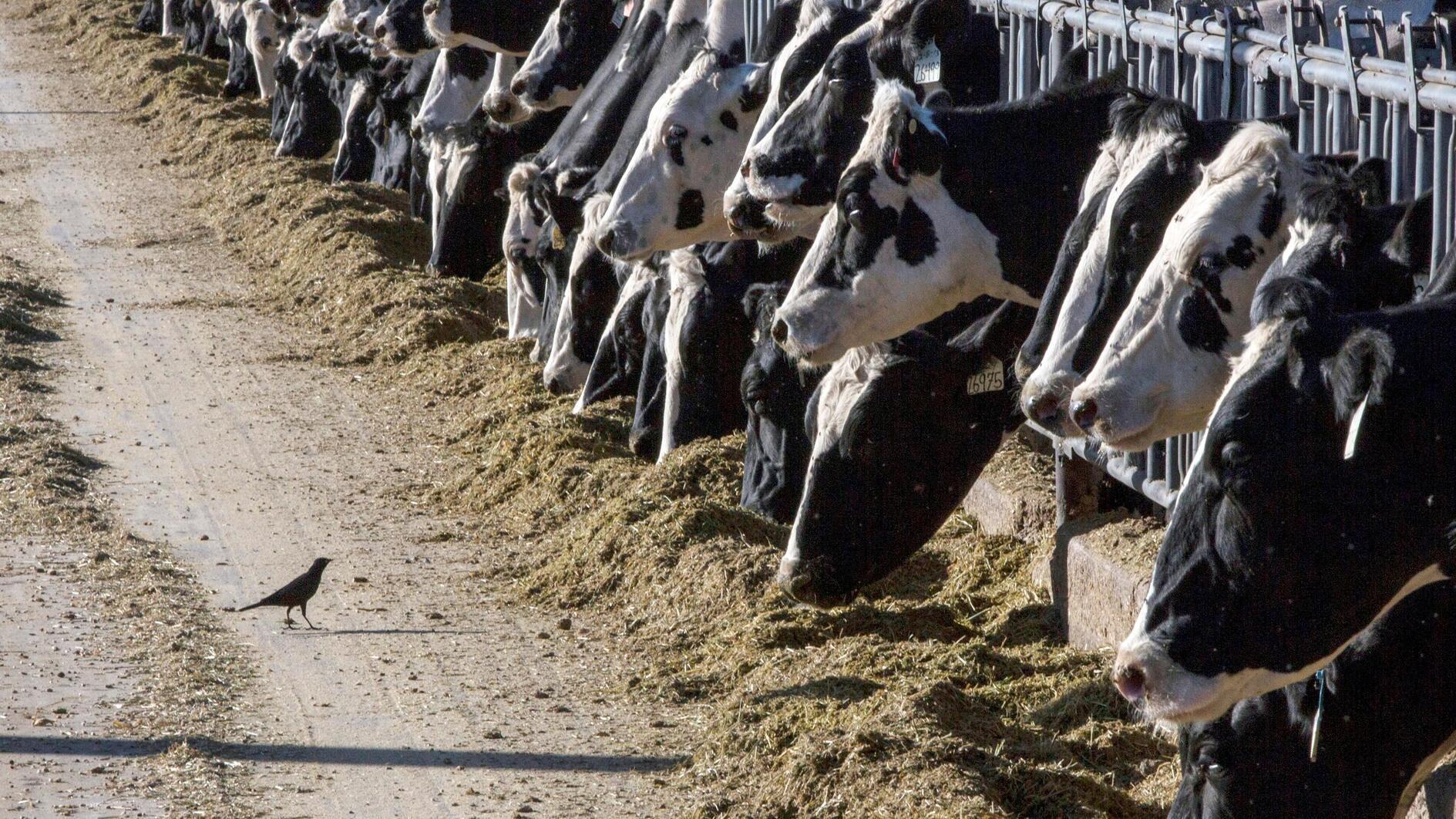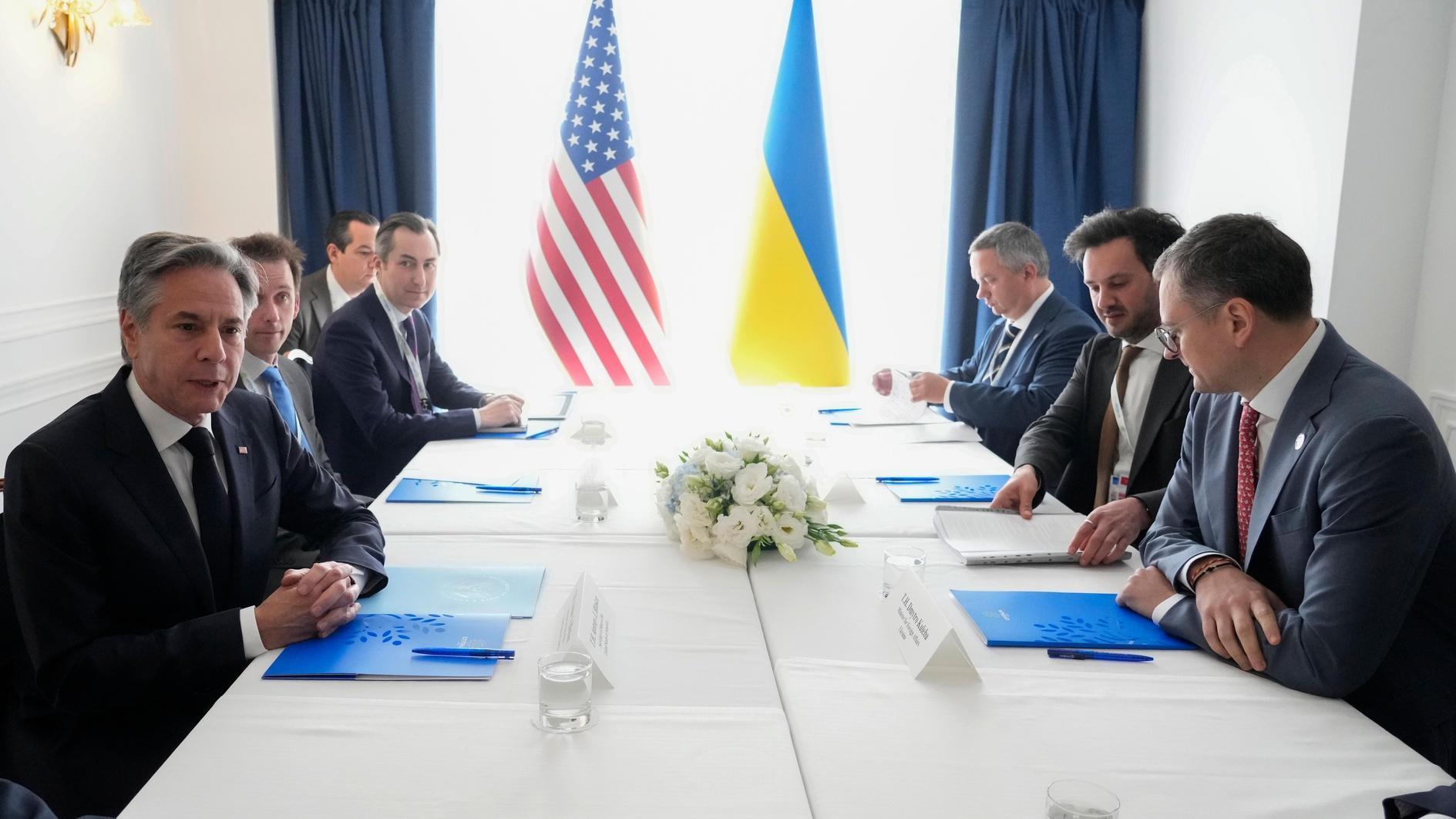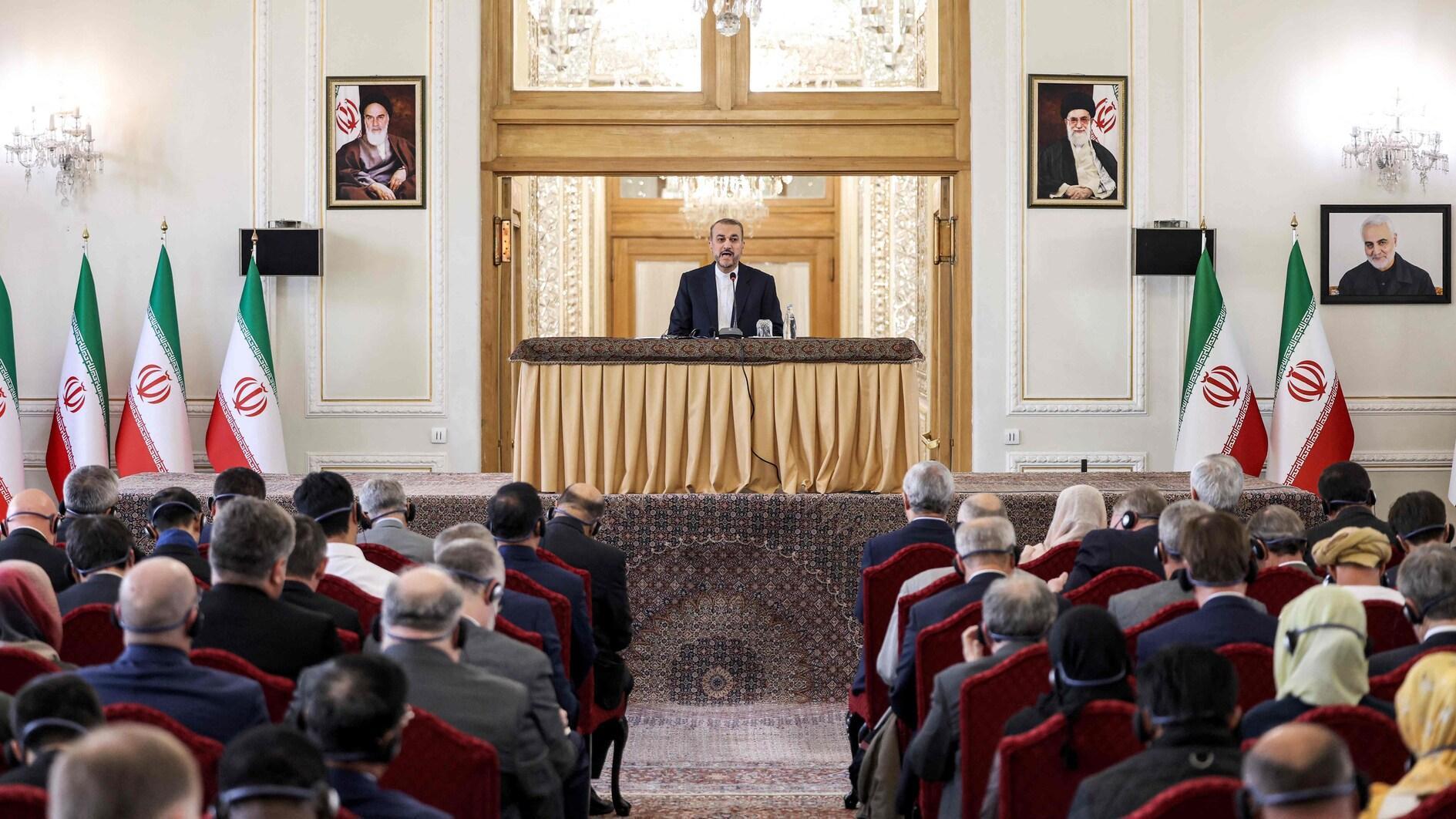Iran’s pneumonia, Turkey’s flu, China’s energy acupuncture
As a war by sanctions heats up between the West and Iran, the collateral damage to Turkey is the question of the day. After all, Iran is the source of 20 percent of energy-poor Turkey’s natural gas and at least a third of her oil.
The answer in this multi-dimensional game lies with China.
To be fair, China (Iran’s largest oil customer) is trying to play ball and avoid getting snared in Middle East politics, cutting its imports by almost half for January and supporting the U.N. sanction regime at the Security Council. But she is loudly protesting the new unilateral sanctions signed by the U.S. and under discussion among the Europeans.
Turkey, meanwhile, is seeking exemption from this latest round of sanctions, and we await more results of Foreign Minister Ahmet Davutoğlu’s mission to Tehran this past week. But if you take stock of the context and consider a few numbers, it’s clear why China is key.
The best picture is by Yang Guang, the regional energy point man for the Chinese Academy of Sciences. His latest is available at www.iiss.org, the site of the London-based International Institute of Strategic Studies. You also might want to bend your brain around a new book by energy guru Robert Bryce, “Power Hungry.”
First a meta-statistic: Between 1980 and 2006, per capita energy consumption worldwide jumped about 15 percent. It actually declined in the U.S., Switzerland, Denmark and Sweden. The only developed country with a big increase was Australia, which rose almost 50 percent. China, however, outdistanced everyone, to jump almost 250 percent.
As Guang points out, China is not only consuming vastly more, her domestic production is plummeting. Her self-sufficiency rate plunged from 102 percent in 1993 to 45 percent in 2010. In just eight years, China will need to import 76 percent of her oil needs.
Africa is much discussed. But Africa has been the new source for America and Europe as they have sought to reduce dependence on Iran and the Gulf since the first Gulf War of 1991. China already gets 22.5 percent of its oil from Africa, but there’s not much more to be had. A similar situation exists for China’s pipelines to Kazakhstan and Russia. Even if filled to capacity, they can only meet about 11 percent of China’s needs between now and 2020.
So the two sides of the Gulf – Arabian and Iranian – are where the action is. Last year China got 40 percent of its needs from the Gulf Arab countries, some 118 million tons and up from 5 million in 1994. China also got about 25 million tons from Iran, a 50 percent growth in just one year.
No wonder Iran and China were in talks last summer to use a barter system for oil purchases, effectively end-running sanctions. There is plenty they can barter. China is Iran’s second largest arms supplier after Russia. They have a $3 billion joint development plan for one oil field. Last year bilateral trade increased to $40 billion and last summer they inked a string of infrastructure deals including a dam.
If Turkey gets its sought-for exemption for the latest U.S. sanction round, expect China to notice.
In short, the world can’t squeeze Iran without China. And China can’t squeeze Iran without seriously squeezing itself.










